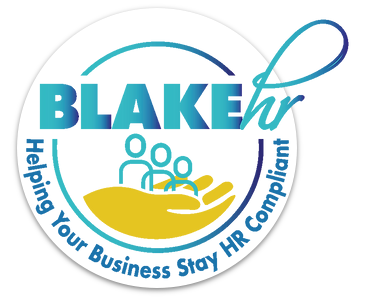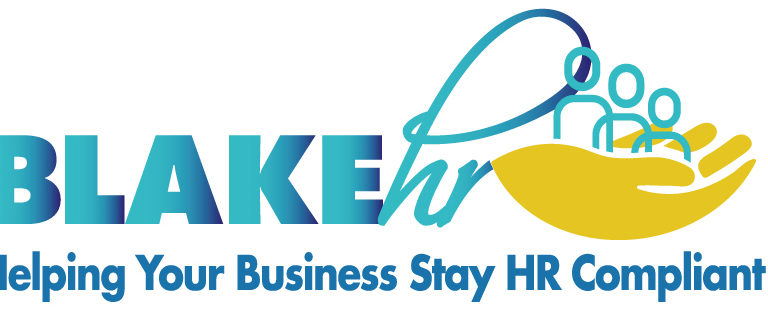How to Resolve Workplace Conflict with Employee Engagement
Workplace conflict happens. It can cause stress, disrupt productivity, and even make people dread going to work. Perhaps you’ve experienced it yourself – a disagreement over a project, a clash of ideas, or even just a personality mismatch. But here’s the question: do you know how to handle these conflicts effectively? The truth is, managing workplace conflict isn’t just about having tough conversations. It’s about creating a culture where everyone feels valued and listened to. So, what’s the best way to achieve this? The answer is through employee engagement tools like surveys, which help real people in real workplaces find practical ways to work through issues. Let’s dive a little deeper…
Why Conflict Happens at Work – and Why It Matters to Address It

Conflicts in the workplace often arise for straightforward reasons. Maybe two people disagree on how to approach a task. Perhaps someone feels overlooked, or there’s been a simple misunderstanding. If left unchecked, these issues can easily build up, leading to resentment and stress for everyone involved. On the other hand, when employees feel engaged – meaning they feel respected, connected, and appreciated – they’re more likely to resolve small problems before they grow.
This is where employee engagement tools, especially surveys, can make a difference. Regular surveys can reveal where tensions might be brewing, allowing managers to address concerns early on. By catching these issues before they escalate, businesses can create a more positive work environment. As a result, everyone can focus more on their work and less on conflict.
How Employee Surveys Help Prevent Conflict Before It Starts
Employee surveys act as a mirror, showing the company what employees are experiencing day-to-day. Through surveys, employees get a chance to voice their thoughts and concerns, often without fear of judgement. For example, suppose a team member feels overwhelmed by their workload. They may not feel comfortable discussing this directly with a manager. However, in a survey, they can express their concerns anonymously, knowing it’s a safe way to be heard.
When managers see these survey results, they can take action. Perhaps workloads need to be redistributed, or additional support might be required during busy times. As a result, employees see that their feedback leads to real changes. When people feel heard and valued, trust builds, making it easier to avoid or resolve future conflicts.
Real Benefits for Real People: How Surveys Improve Communication and Understanding

Poor communication is one of the most common causes of workplace conflict. Imagine a project team where one member feels out of the loop. As a result, they might feel frustrated or ignored, which can lead to tension with their teammates. However, regular employee surveys can help. By asking questions such as, “Do you feel informed about changes?” or “Is there anything you need more clarity on?” companies can spot potential communication gaps early.
In fact, these questions aren’t just there for show – they guide real improvements. For example, if survey results indicate that employees feel underinformed, managers can respond by holding regular check-ins or sharing updates more frequently. This approach prevents misunderstandings, which means fewer conflicts down the line. Simply put, surveys help employees feel included, informed, and respected.
Real-Life Stories from Real Workplaces
To see how this works in practice, consider a small tech company. In one survey, employees revealed they weren’t getting enough feedback on their work. This lack of communication led to uncertainty, with many feeling that their efforts were unnoticed. Frustration began to grow, and it affected the entire team.
After reviewing the survey results, management introduced regular feedback sessions. Managers made time to recognise good work and offer constructive guidance. This change had a noticeable effect: employees felt more motivated and less stressed. The simple act of listening and responding to feedback reduced tension and helped create a happier workplace.
In another example, a retail company learned from surveys that employees felt overwhelmed during busy times. Management responded by scheduling additional help for these peak periods. Consequently, employees felt supported, and customers received better service. By listening to feedback and acting on it, the company was able to lower stress, reduce conflict, and boost overall morale.
How Acting on Survey Feedback Creates Lasting Change

Receiving survey feedback is just the first step. For surveys to be truly useful in managing workplace conflict, companies need to act on the insights they gather. For instance, if employees express a need for clearer communication, managers can implement weekly or monthly team meetings to keep everyone on the same page. If surveys reveal that certain employees feel overworked, leaders can review and adjust the distribution of tasks.
Taking action sends a clear message: “We care about our employees’ well-being.” As a result, employees feel more valued and are more likely to communicate openly. This leads to a happier, more collaborative workplace where conflicts are less likely to arise in the first place.
Tips for Building a Conflict-Free Workplace
Here are a few ways to create a workplace where conflict is less likely:
1. Encourage Open Dialogue: Establish a culture where people feel comfortable sharing ideas. Regular team meetings or open-door policies make it easier for everyone to be heard.
2. Use Regular Surveys: Surveys are a quick and effective way to check in with employees. They give everyone a voice, creating a more connected team.
3. Act on Feedback: Don’t let survey results sit unused. Show employees their feedback matters by making changes they can see and feel.
4. Provide Conflict Resolution Training: Not everyone knows how to handle disagreements well. Training can give employees tools to manage conflict in a constructive way.
5. Build a Positive Culture: When people feel respected and appreciated, they’re less likely to let small problems become big conflicts. A positive culture is key to a happy, harmonious workplace.
In conclusion…

Effectively resolving workplace conflict isn’t just about handling tough situations. It’s about creating a workplace where everyone feels heard, respected, and valued. By using employee engagement tools, especially surveys, companies can identify and address potential issues early on. This leads to a healthier, more positive work environment where conflict is less common.
In the end, businesses that listen to and act on employee feedback create a stronger workplace culture. This doesn’t just prevent conflicts – it builds a team that’s motivated, engaged, and ready to work together. So, next time you think about workplace conflict, remember: the solution starts with listening, understanding, and taking action based on real feedback. Real people, real change, and a better workplace for all.
Want to know more? I’ll post more on this topic soon, so look out for regular updates. You can also complete my contact us form or book a call now to find out how BlakeHR can help you to manage employee autonomy.


Ready to improve workplace harmony? Contact us to start using employee surveys today!
If this guide has inspired you to get started, what are you waiting for? And if it’s left you with more questions or you’d like some assistance getting started, get in touch. we’d be happy to help.
Give us a call on 07422 727229 or contact us using the form below - we will be happy to answer any questions.


